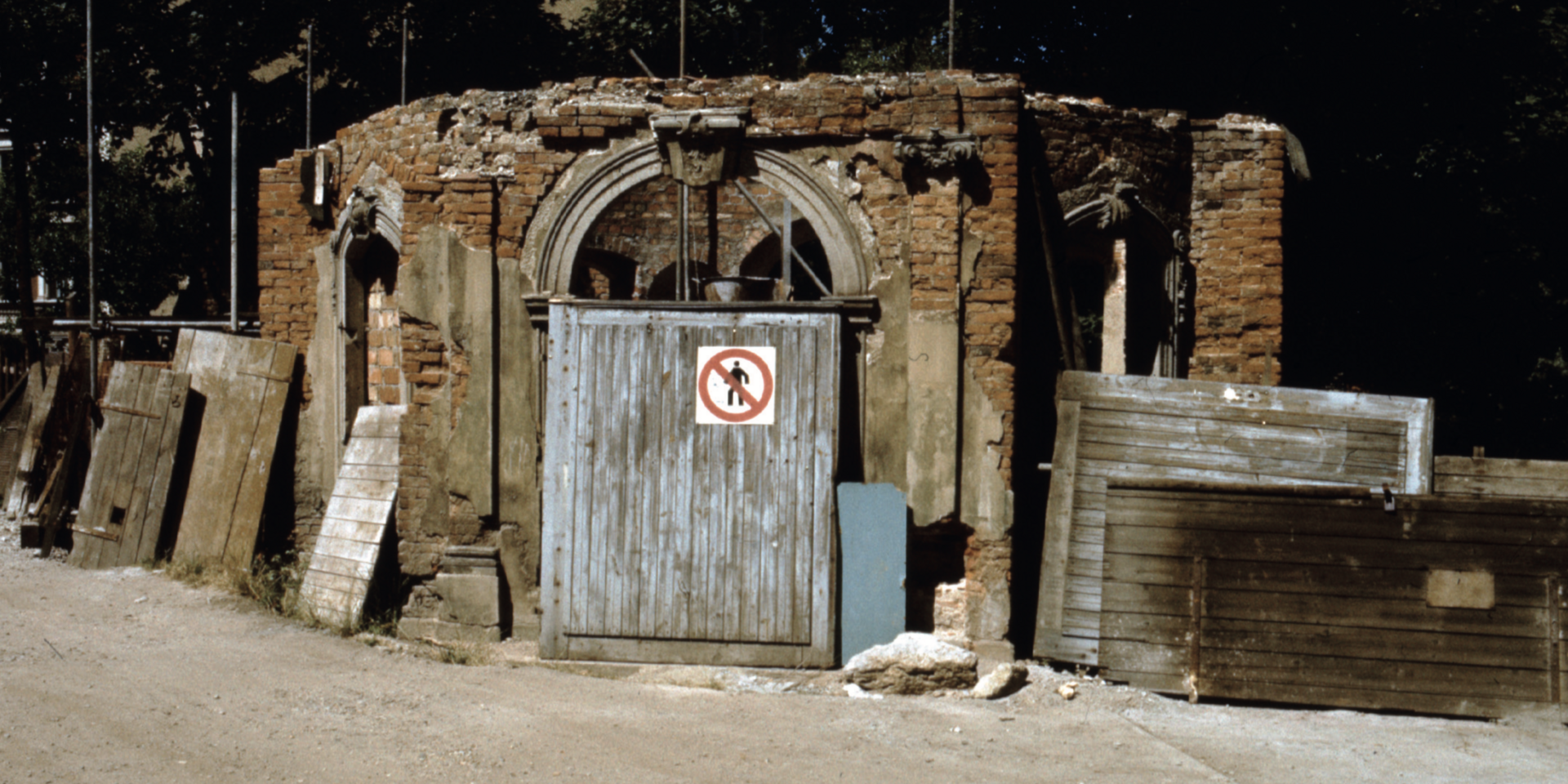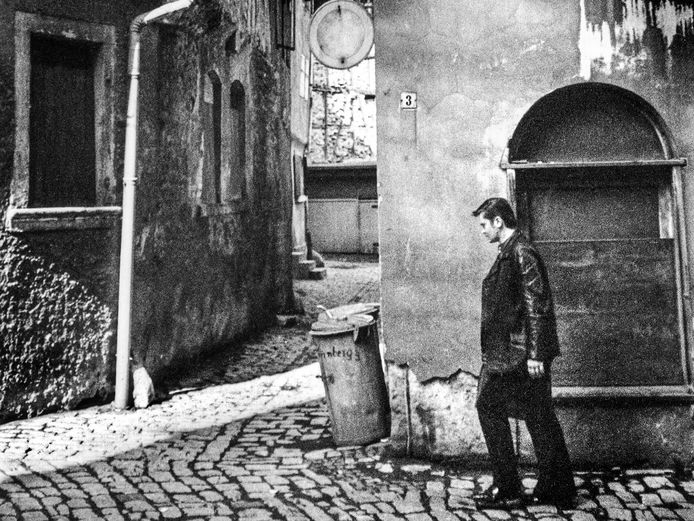Projects of the Klassik Stiftung Weimar are funded by the European Regional Development Fund (ERDF) and the Free State of Thuringia, represented by the State Chancellery of Thuringia, Department of Culture and the Arts.


Reform and renewal, long-overdue renovation and preservation measures, self-initiative and opposition: the historic city centres and downtown districts of the GDR were a venue of despair and decay, but also dynamic places of social invigoration.
The exhibition “Urban Shift” highlights and classifies the battles and defeats surrounding historic downtowns in former East Germany and presents various historic perspectives on the ever-topical question “How do we want to live?”.
An exhibition module was specifically developed for Weimar which showcases numerous locations that were impacted by the “urban shift” in the GDR – also with respect to cultural aspects. These include, for example, the Museum Neues Weimar, which had fallen into such a state of dilapidation that it was slated for demolition in the 1980s. The museum was ultimately saved, and its interior was completely renovated in the 1990s. The same applies to the Schiller Museum, the first and only new museum built in the former GDR.
The exhibition is a joint research and exhibition project by the Bauhaus-Universität Weimar, the TU Kaiserslautern, the TU Kassel and the Leibniz Institute for Research on Society and Space in Erkner. It was made possible in cooperation with the Klassik Stiftung Weimar and the Bauhaus Museum in Weimar.
Free entry

